Did you ever wonder what it means when someone says “the breaker is tripped”? Actually, this can happen in any home. A circuit breaker is an important device that protects your electrical circuit from damage. When it detects an issue like an overload of electricity, it automatically trips or cuts off the power. This helps keep your wires and electrical equipment safe, while also preventing electrical fires.
In every home, there are multiple circuits, and each circuit has its own breaker. All of these breakers are located in an electrical panel, which can be thought of as the brain of your home’s electrical system. Whether you are a professional electrician or just a regular person, it is crucial to have a basic understanding of your home’s electrical panel.
In this article, we will discuss home electrical panels in simple terms. So let’s dive right in and learn more!
What is an Electrical Panel?
Electrical panels, also known as breaker boxes, are metal boxes typically found embedded in a wall. They are usually gray in color and have a door. Behind the door, you will find an assortment of wires and switches, which are the breakers. The electrical panel receives electricity from the meter outside and distributes it throughout your home to power your appliances and devices. It is like the control center for all the electricity in your house.
In simple terms, the electrical panel connects the main wire that comes from outside (service wires) to the inside wires (exit wires) that power your appliances and other electrical devices. There are different types of electrical panels, each with its own set of components, which we will discuss further.
Standard Electrical Panel Components
We can categorize the components that exist inside an electrical panel into two types: active components and passive components.
1. Active Components
Active components are the parts of an electrical panel that actually control the flow of electricity. They actively perform tasks and provide important functionalities within the electrical panel. For instance, circuit breakers protect circuits from dangerous situations by automatically stopping the flow of electricity when something goes wrong. Other examples of active components include contactors (to control the switching of large electrical loads) and metering instruments (to provide real-time monitoring and measurement of electrical parameters).
2. Passive Components
Passive components are the parts of an electrical panel that do not generate power. They do not have any electrical powers themselves, but they play an essential role in organizing, protecting, and making everything work smoothly. Examples of passive accessories include the panel enclosure (the box that houses everything), mounting rails (the support for the electrical devices inside), terminal blocks (the connectors for wires), and labels (to help identify different parts).
What Happens Inside an Electrical Panel?
Inside the electrical panel, wires connect the different parts to make everything work. Two cables connect the panel to the electrical meter, bringing electricity from the meter into the panel. These are hot cables.
The inside wires in an electrical panel are branch circuits. The electrical panel has several circuits, and each one has its own breaker. Circuit breakers are safety devices that prevent damage to electrical devices or the home itself. In addition, there is a main breaker, like a big switch, at the top or side of the panel. It lets you turn off all the power to your home in case of emergencies, maintenance, or repairs. Each circuit corresponds to a specific area of your home, like a room or a set of outlets.
Branch circuits are connected to components called hot bus bars. The hot bus bars are connected to the hot cables in the panel and distribute power to different circuits in your home. Electricity is then distributed throughout the house with circuits, but to complete the circuit there should be a return path to the electrical panel for each circuit. For this reason, the electrical panel has a separate bar called the neutral bar. The return path from each circuit connects to this bus bar. Then, this neutral bar is connected to the main circuit’s neutral wire. For example, a wire from the hot bus bar brings power to receptacles or lights in an area of your home and then returns through the neutral bus bar.
There is also a ground bar that connects to the grounding system. This system is important for safety and prevents electrical shocks.
Figure 1
Types of Electrical Panels
Different types of electrical panels are available to provide power to homes. These panels come in various sizes, such as those supplying 100, 200, or even higher amps of power. An amp, short for ampere, is a unit used to measure electrical current. Let’s take a look at the different types of electrical panels:
1. Main Breaker Panel
This is the most common type found in homes. It includes a main breaker that controls the power supply for the entire building. In case of emergencies or maintenance, the main breaker can be used to shut off the power (see Figure 2).
Figure 2
2. Main Lug Panel
Main lug panels are similar to main breaker panels, but they lack main breakers. Instead, the line wires from the meter are connected directly to the lugs in the panel (see Figure 3). Main lug panels are used solely for distributing power throughout the home’s electrical system. If your home has a main lug panel, you can install a main breaker for added safety.
Figure 3
3. Subpanel
A subpanel is an additional panel connected to the main breaker panel (see Figure 4). It is useful when you need more circuits or additional power in specific areas like a garage or an addition to the building. Subpanels typically have circuit breakers that protect the individual circuits in the subpanel.
Figure 4
4. Fuse Box
Although less common nowadays, older buildings may still have fuse boxes. Instead of circuit breakers, fuse boxes use fuses to protect electrical circuits. When a circuit overloads, the fuse blows, cutting off the power and protecting the wiring.
Figure 5
5. Transfer Switch
A transfer switch is a type of subpanel that converts power from a portable generator into electrical power through your main breaker panel. If you live in an area prone to storms, you may have a permanent backup power generator that runs on alternative power sources like propane or natural gas. By wiring the generator to the household electrical panel via a transfer switch, you can seamlessly switch from utility service to backup power when the main power goes out. You can see a transfer switch next to the main breaker panel in Figure 6.
Figure 6
Do You Need More Circuits?
Imagine you are adding extra space such as a 3rd-floor to your home. You will most likely have to add more circuits to meet your growing electrical needs. Fortunately, you have the flexibility to add more circuits and circuit breakers to your electrical service panel box as long as there are available spaces. In most cases, the panel will have these empty spaces.
However, in older homes, all the spaces in the panel may already be filled. If this is the case, you can hire an electrician to either install a new, larger service panel box or add a smaller sub-panel connected to the main panel. By doing this, you will create room for additional circuits.
Electrical Panels Earthing
Earthing, also known as grounding, is a safety feature in electrical systems. It provides a low-resistance path for fault currents to flow safely into the ground, preventing electrical shocks and minimizing potential damage to equipment. Electrical panels, which are key components in distributing electricity within a building or facility, require proper earthing to ensure safe and reliable operation.
In simple words, earthing happens by connecting metal parts (and in some cases neutral points) of electrical devices to the Earth’s surface. Typically a metal conductor, like a copper wire or rod, which is buried underground or attached to a grounding electrode does this (see Figure 7).
Figure 7
There are different types of earthing systems used in electrical installations, but the most common ones are:
1. TN System
In this method, the neutral point of the power supply and the electrical panel’s metal parts are directly connected to the earth. This system has three types: TN-C, TN-S, and TN-C-S.
In the TN-C system, one conductor connects the neutral and electrical panel’s metal parts to the earth electrode, which can be risky (see Figure 8).
Figure 8
The TN-S system is the safest option. In this system, separate conductors connect the neutral and electrical panel’s metal parts to the earth (see Figure 9).
Figure 9
The TN-C-S system is a combination of the previous two and is often found in older installations (see Figure 10).
Figure 10
2. TT System
Here, we connect the neutral point to the earth through separate electrodes, and each of the electrical panel’s metal parts to a different earth electrode. It is common in residential installations (see Figure 11).
Figure 11
3. IT System
In this method, we do not connect the neutral point to the earth, instead we connect the electrical panel’s metal parts to the earth (see Figure 12).
Figure 12
Conclusion
We hope you have enjoyed reading this article! The most important things when working with electricity are to keep safety in mind and follow the local regulations. Additionally, dealing with electricity can be dangerous, so it is best to let the professionals handle it.
At Matrix Company Solutions Corp., we understand how crucial it is to handle electrical work with extreme care. With this in mind, our team of experts is experienced in electrical renovations and will take every aspect of your project seriously, all while keeping safety as our top priority.
We provide high-quality workmanship for any and all of your renovation needs, including electrical work. Contact us via our FREE Consultation Service!
References:
- https://docs.google.com/document/d/1Gv3CHLaZxgDGyhhDcf_mh3l9kvaU70YGpJLN1Q8xN40/edit#heading=h.cjl64sd7feio
- https://www.squareone.ca/resource-centres/getting-to-know-your-home/electrical-panel
- https://www.dfliq.net/blog/all-about-electrical-service-panel/
- https://www.thespruce.com/safely-turn-off-power-at-electrical-panel-1824677
- https://www.youtube.com/watch?v=YaDpoT8PJA4
- https://www.electricalengineeringtoolbox.com/2015/12/types-of-earthing-systems-used-in.html
- https://www.gses.com.au/getting-down-to-earth-earthing-explained/

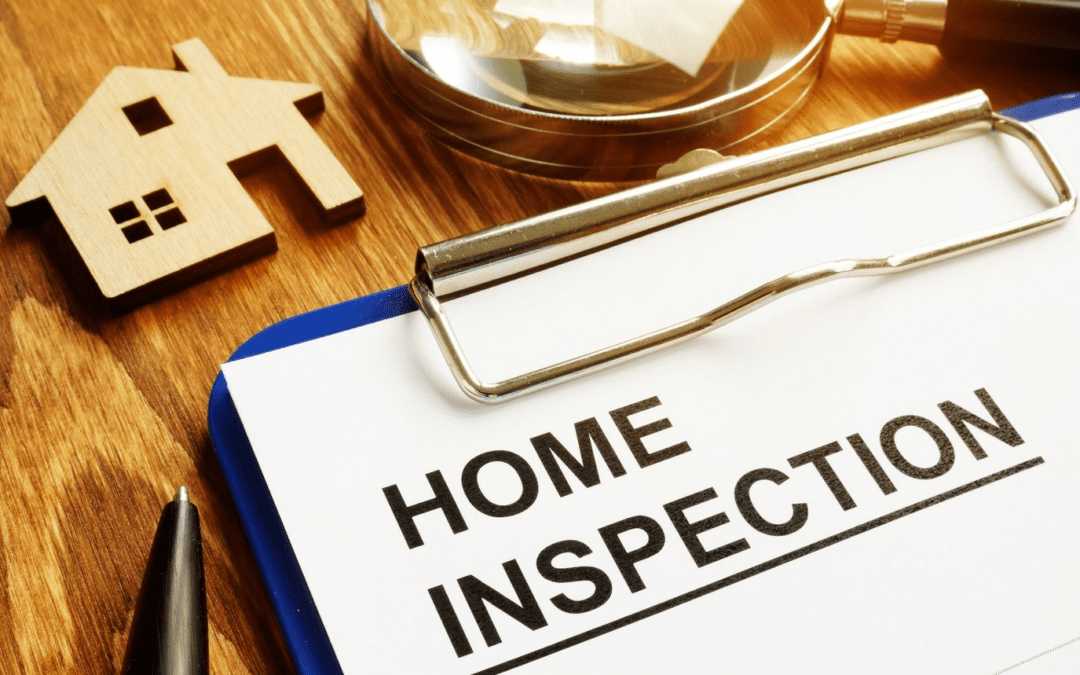


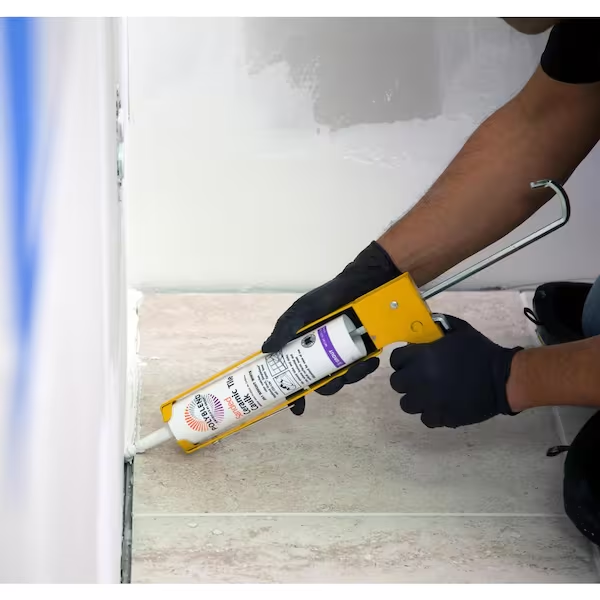

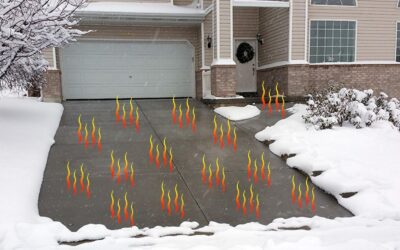
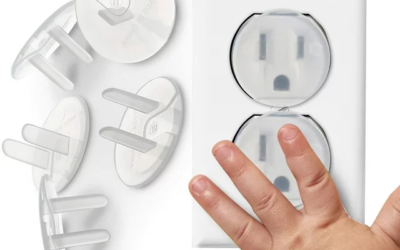
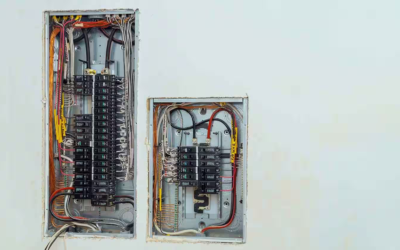

0 Comments